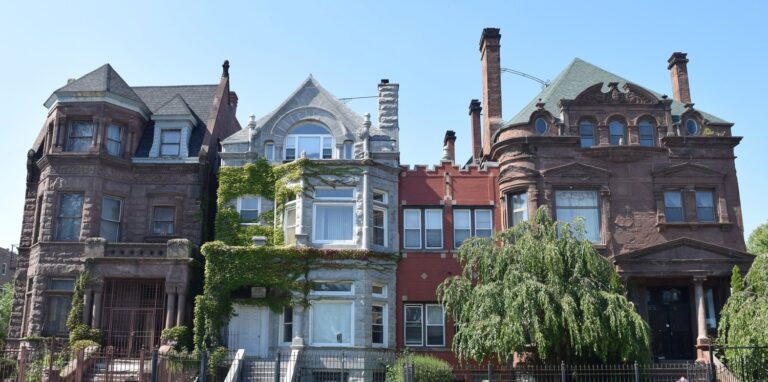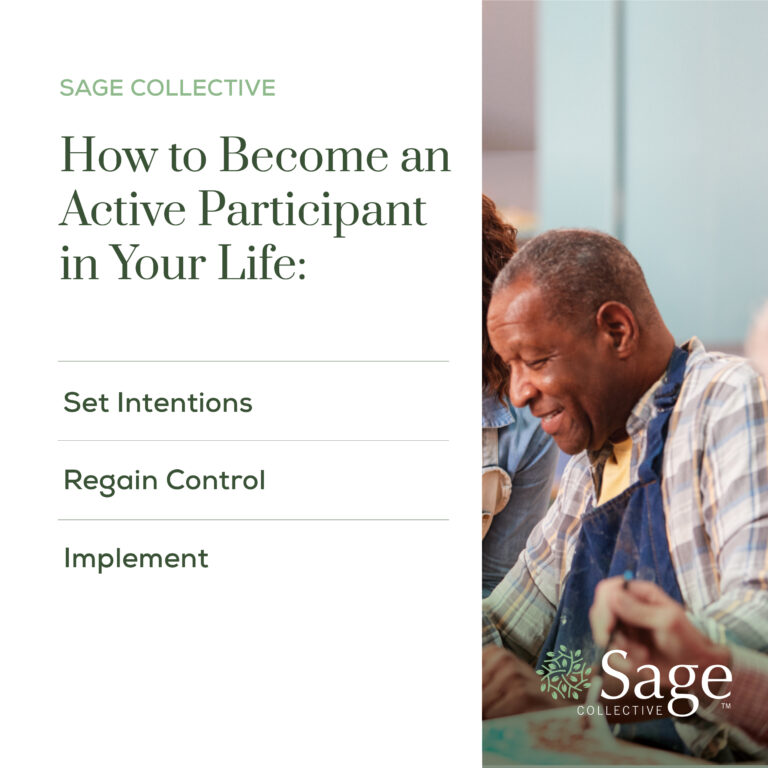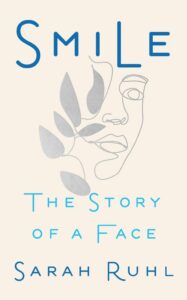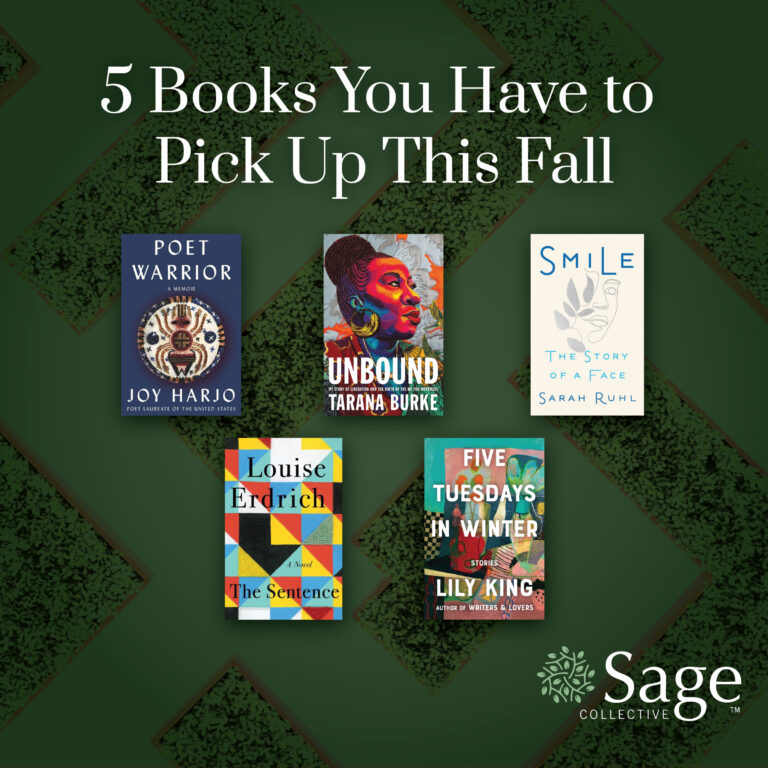As renovations continue at our 4108 and 4112 S King Drive properties located in the heart of Bronzeville, we sat down with the owner of Urban Intention Design and Build and general contractor for our project, Shevaz Freeman, to discuss her experiences in the world of construction and the progress of the projects.
Urban Intention Design and Build is a Black woman-owned-and-operated company, which is rare in the general contractor domain. Tell us about your experience in the industry, and what has led you to where you are today.
Running my own contracting company, Urban Intention Design and Build, as an African American woman absolutely comes with its struggles, but every experience I’ve had — good and bad — has led me to where I am today. Simple things like respect and recognition can be difficult to attain at times, and because of my gender, I have to maneuver within the environment with a whole different perspective. However, because of my significant experience in the field, I’ve discovered how best to navigate challenges I may encounter to my advantage.
I’ve picked up numerous techniques and approaches that give me a leg up because I feel like I’ve had to work harder than a lot of other people in my field to get where I am. I’ve trained myself to have heightened attention to detail. Sometimes, contractors don’t have the “big picture” in mind and don’t fully pay attention to the endless little things happening on a project. Because I’ve been doing this for over ten years, I find it extremely easy to fully envision the outcome of every project from day one, which is a significant skill in contracting.
What does your role as General Contractor for Sage Collective Properties’ King Drive project involve?
As the General Contractor for the King Drive projects, it’s my job to oversee and run almost everything. I am responsible for managing budgets, directing on-site subcontractors and conducting meetings with the Sage Collective Properties’ team. However, at the end of the day, my most important job is to make sure that the client gets what they envisioned at the beginning of the process.
Who are the others who are involved in the renovation of these King Drive buildings, and how does your role fit in? How do you view the nature and value of the relationships you have been able to build with other professionals on this job?
Throughout the renovation, numerous people will walk in and out of the properties. Two people I’ve worked very closely with over the past few months are the Owner’s Rep and experienced General Contractor, Ernest Brown, and the Architect, Gregory Williams. Mr. Brown has provided me with incredible guidance and oversight throughout the project, and his rich expertise in the field has been remarkably beneficial and essential to our process.
Overall, I’ve unquestionably developed relationships on this job that I believe will continue to provide immense value in the future. It’s so important in jobs like this that each party involved feels like they are valued as part of a larger team, and that is a feeling that is certainly present here. No matter who I am talking to daily, everyone understands that their role is essential for the project’s success.
Explain to us how you see Sage Collective’s vision of having “vibrant, high-quality, affordable living for older adults” come to life in the residences you are currently helping them rehab?
I originally went to school for interior design, so because of that training and the fact that I’m such a visual person, I’ve been able to envision Sage Collective’s concept since the project’s very early stages. As soon as I was introduced to the vision for “vibrant, high-quality, affordable living” and walked through the properties, there was no question that it was achievable, and day by day, I’m witness to its progress.
Since we strive to make sure that every element is constructed with thought and care, the process behind bringing the vision to life is very meticulous. We discuss everything from the sizing of doors to the proportion of the showers to the type of lighting assembled in each room to make sure we specifically address the needs of older adults. All details throughout the process are constantly brought into question to ensure perfection.
Do you think that there is enough emphasis by the government or social service organizations on meeting the need for affordable housing in this community? If so, please give other examples. If not, why not?
The need for affordable housing, especially in neighborhoods like Bronzeville, has been ignored by the government for the longest time. However, I think more and more organizations are finally stepping up, and we are moving in the right direction. One of the initiatives putting money into communities like Bronzeville that have essentially been ignored by the city for years is Mayor Lightfoot’s INVEST South/West.
The wonderful thing is that the initiative has encouraged even more developers to invest in affordable housing construction like the upcoming 43 Green projects. Having been born and raised on the south side, seeing the amount of interest currently being poured into the communities holds a special place in my heart. But with that said, the progress is long overdue, and there is still a long way to go until affordable housing needs are met.
How does your perspective as a contractor inform your view of the future of the availability of affordable housing in Chicago?
In 2021 material costs for almost all aspects of home building and renovation skyrocketed, and they continue to go up. The shift over the past year also means that low-income families aren’t making the extra money they need to afford market-rate housing, making affordable housing even more in demand than ever before. Generally, historic properties like Sage Collective Properties’ buildings in the Bronzeville community are selling for very high prices. Some have been renovated, but others have either been abandoned for years or have not been preserved due to the high expenses that come with the process.
With time, everything deteriorates. So, without any help, it’s hard to keep these properties affordable for residents. The sad reality is that without continued help from the city, state or federal government — and investments from organizations like Sage Collective Properties — it’s going to be hard to keep developing affordable housing in these neighborhoods.
Have there been unexpected or unique issues that you’ve been challenged with on this project?
The King Drive properties are mature buildings in a very historic area that have been neglected for a long time, so of course, there have been surprises that we’ve come across throughout the renovation. We’re discovering issues now that I’m sure didn’t even cross the mind of the previous owners because development is so different now than it was back when these buildings were built. One specific uncovering was the deterioration in some of the exterior bricks. We found small trees, weeds and other plants vibrantly growing in the actual spaces between the bricks, so we’ve had to uproot all of those.
The one thing I will say is that it is a solid building and has very healthy bones. So, we can still put it back together with ease. Overall, I’m just so happy to see the phenomenal progress we’ve made so far and can’t wait to see the finished product. I’m also very appreciative that Sage has allowed me the opportunity to work on this project and be able to help them create something so wonderful, especially since I’m in my own community doing it!
















